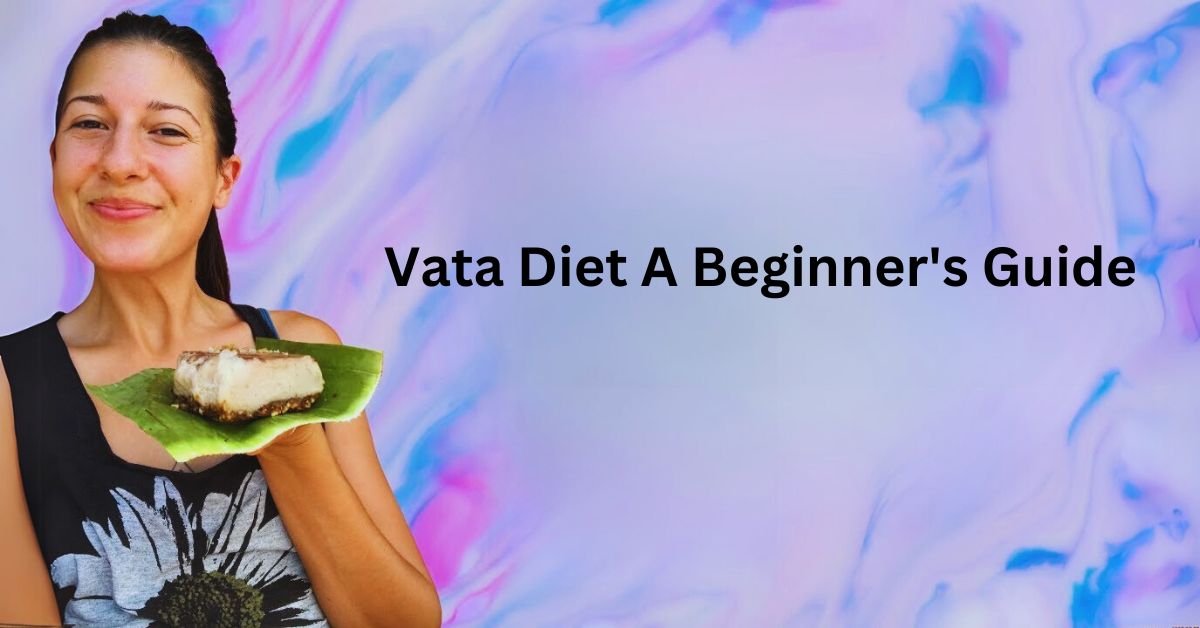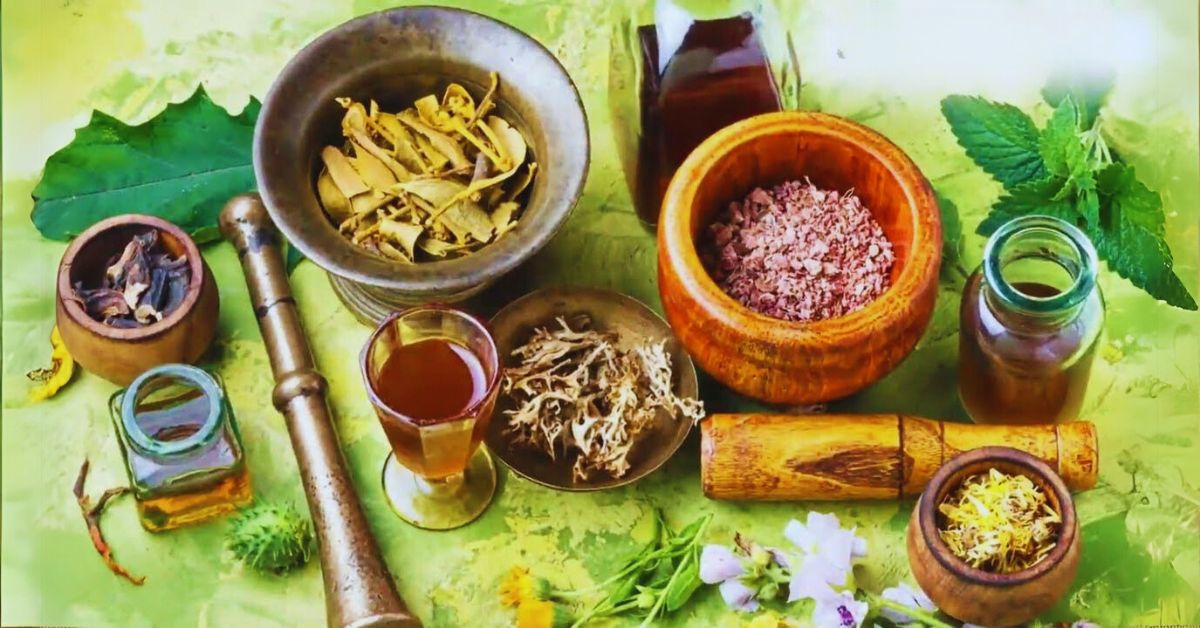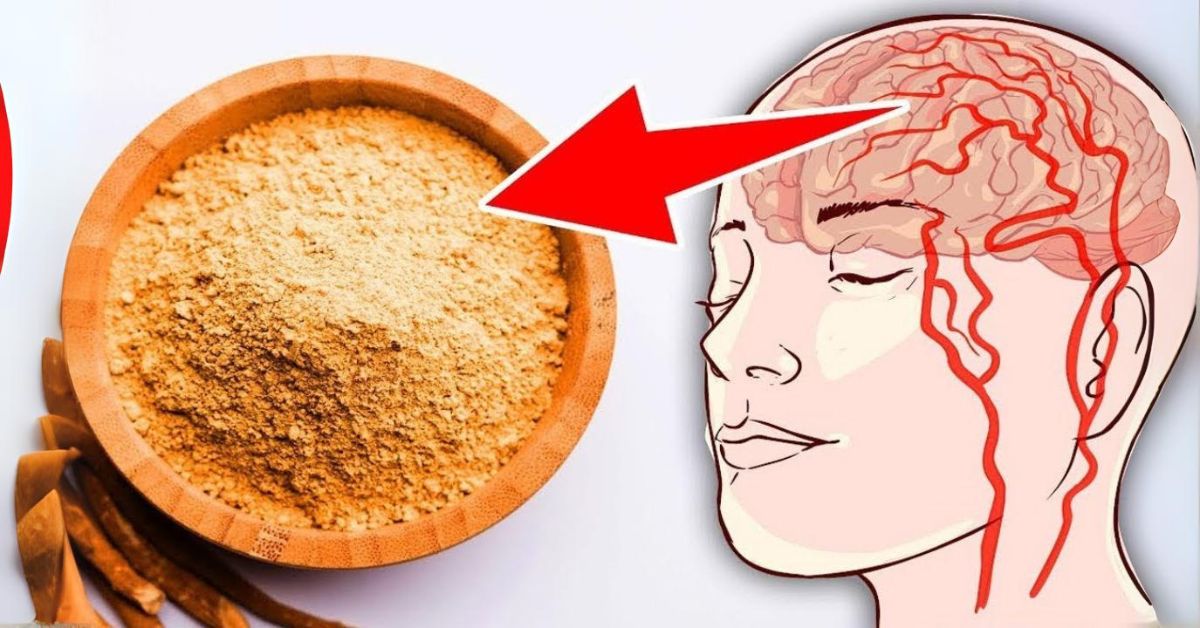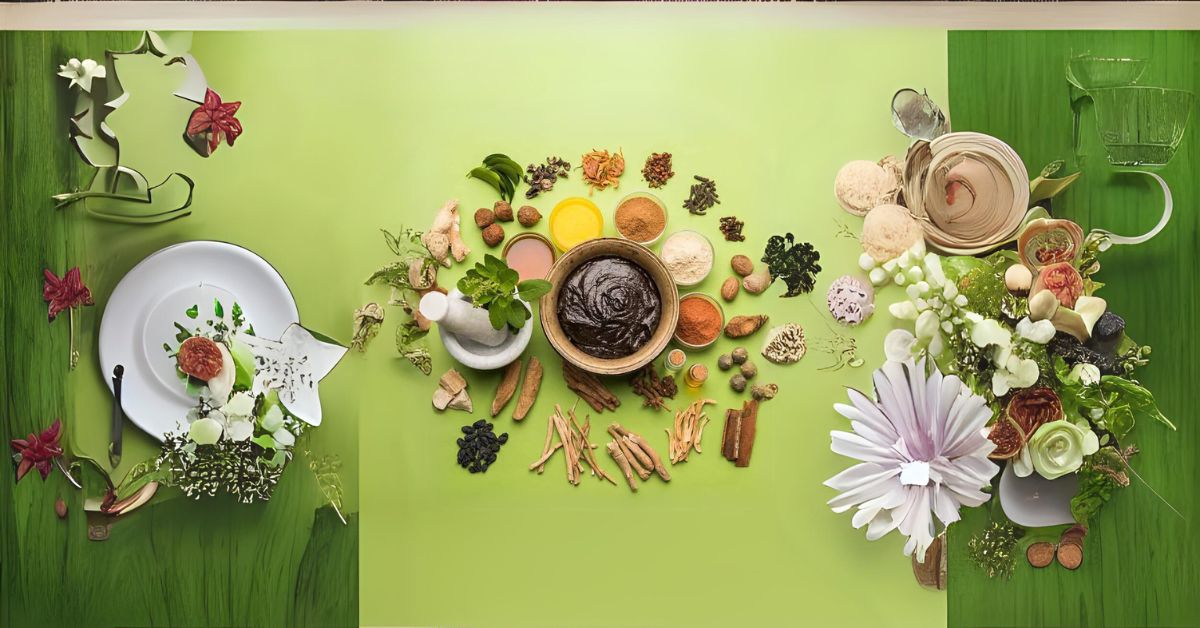Vata Body type Diet | Food for Vata Dosha Qualities
The first step to finding balance is figuring out your body type (take my dosha quiz if you’re still unsure about your constitution).
After identifying your doshic blueprint, the next step is learning as much as possible about it. However, you must gradually adjust your food and lifestyle to avoid overcommitting.
A Vata meaning aims to lessen the overt manifestations of irritability. Its goal is to reduce the dry, bright, frigid, abrasive, subtle, and agitated traits. You have most likely experienced these qualities in your body, mind, and emotions if you are reading this.
Nature of Vata Dosha Foods to Avoid
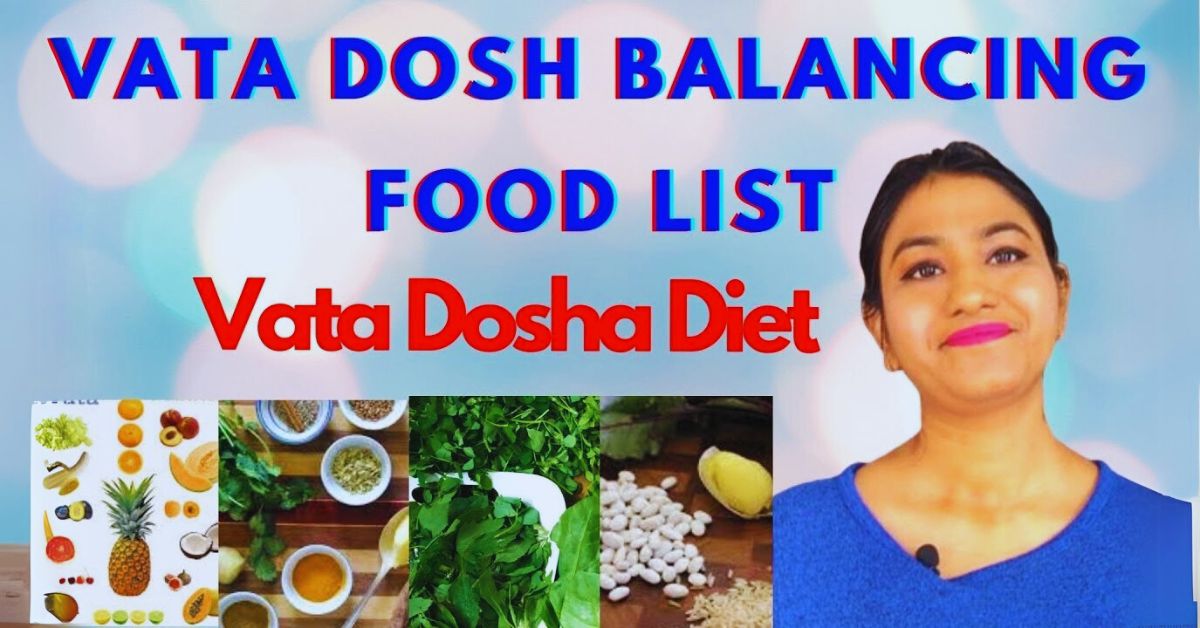
According to Ayurveda, knowing your Dosha, or individual constitution, is the secret to preserving your best health. Vata dosha, characterized by attributes like dryness, lightness, and movement, is essential to our physiological functions.
The colon, brain, ears, bones, joints, skin, and thighs are the body parts where vata is found. People with a dominant Vata constitution are more likely to suffer from air element-related conditions like emphysema, pneumonia, and arthritis. Constipation, dry skin, joint pain, and mental disorientation are additional common Vata-related problems. Vata tends to rise with age, causing mental disorientation, constipation, nerve issues, dry hair, and wrinkled, dry skin.
Dryness, lightness, coolness, roughness, subtlety, mobility, and clarity are characteristics of vata. Any one of these traits in excess can throw you off balance. Vata can be aggravated by things like noisy surroundings, frequent travel, excessive stimulation, sweets, alcohol, cold foods, and cold drinks. For Vata pitta kapha diet chart types, routine becomes crucial to calming their restless energy. They benefit from getting lots of sleep, preferably by 10 p.m.
What Is Good Food for Vata Prakriti?
- Consume complete, organic, healthful foods that are naturally sweet, sour, and salty.
- Soups, stews, and slow-cooked casseroles are warm, nutritious foods that balance the chilly, dry Vata dosha. (Ayurveda uses opposite qualities to cure).
What does Bottle Gourd Cause Gas?
- Raw veggies, greens, cold salads, and iced beverages can throw off vata.
- Foods that are chilly, light, and low in calories raise Vata and should be avoided.
- Soft, well-cooked food that is easy to digest is ideal for vata types, who often have irregular or fluctuating digestion (sometimes good, sometimes not).
How To Reduce Vata Quickly?
- It is advised that vatas dine in a peaceful, settled setting because they are susceptible to their surroundings. Avoid making too much noise, having tense conversations, and never eating when agitated.
- Within a week or so of starting this Vata diet and lifestyle, you should notice that your energy is more balanced, calmer, grounded, and steady.
The Consequences Of Vata Dosha Imbalance
Vata is cold, dry, light, swift, and erratic. Thus, the Vata body type possesses these traits. When unbalanced, Vata people experience issues like:
- Anxiety
- Fatigue
- Insomnia
- Excess gas
- Arthritis
- Hypertension
- Constipation
- Excess weight loss
- Twitching as well as tremors
- Dry skin
- Difficulty in maintaining routines
- Being ungrounded
The Vata Foods to Avoid Rules to Follow
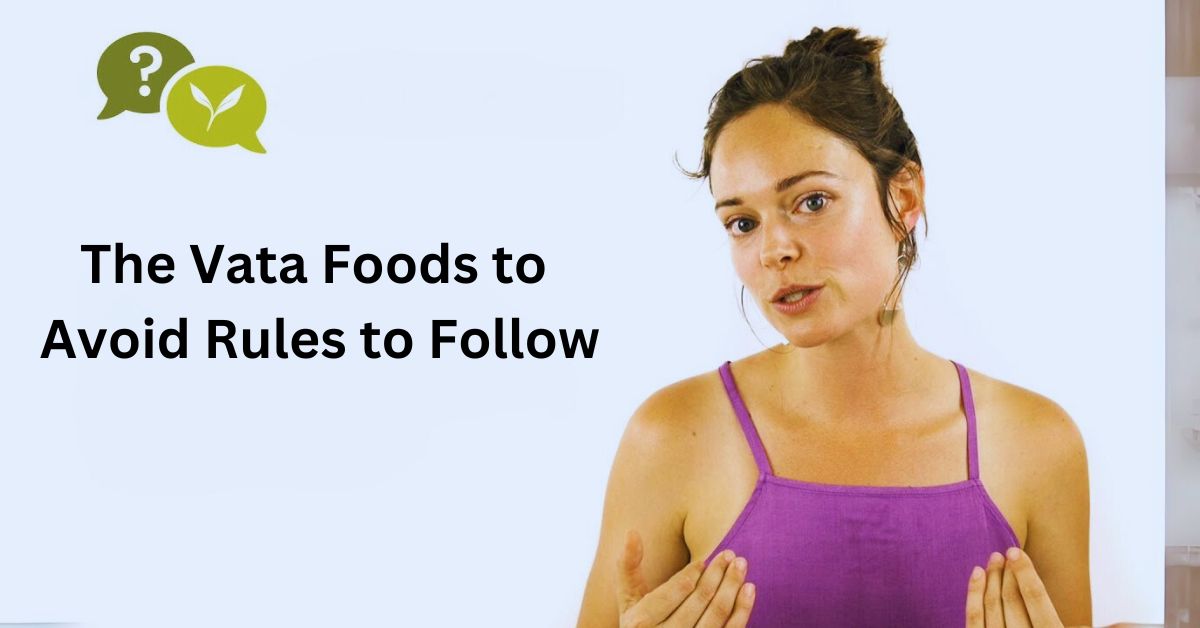
You may occasionally experience Vata illnesses even after adhering to a Vata diet. Poor eating habits can be the cause. What you eat may not be as essential as how you eat when calming Vata.
Making it a point to eat in a calm setting with the time to chew the meal helps to calm Vata. Eating three meals regularly helps strengthen the fragile digestive system and further lessen Vata.
It is often impossible to avoid meals that aggravate Vata altogether. If that’s the case, cook them well in ghee or oil. To digest them effectively, use the sour taste to spice them suitably. If you’re a Vata, a complete fast on water, liquids, or raw fruits and vegetables is not for you.
However, you can eat cooked grains, pureed soups, and foods that balance Vata, such as kitchari with a bit of ghee. This will provide the benefits of fasting without making Vata worse.
Consultation
The Ayurvedic Vata diet encourages vigor and equilibrium for people with a Vata temperament or aggravation. It strongly emphasizes warm, prepared foods, healthy fats, warming spices, and sweet and sour flavors to establish balance inside the body. Warm spices, nutritious soups, and cooked whole grains help the Vata dosha maintain equilibrium and aid digestion. Mindful eating and drinking plenty of water also facilitate Vata equilibrium. The Vata diet is a method of honoring personal needs and finding sustenance rather than rigid guidelines.

